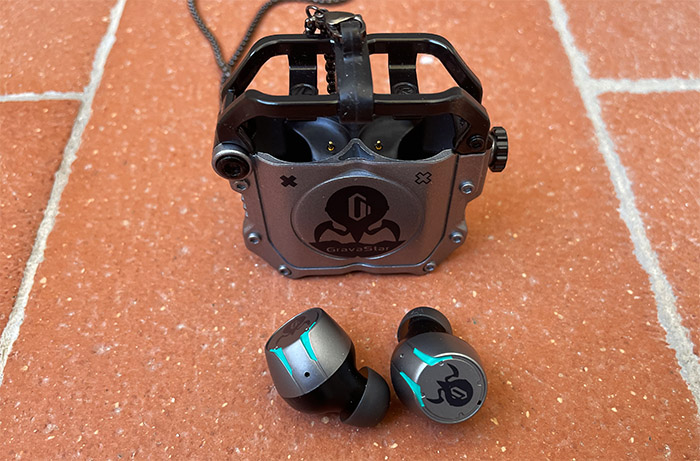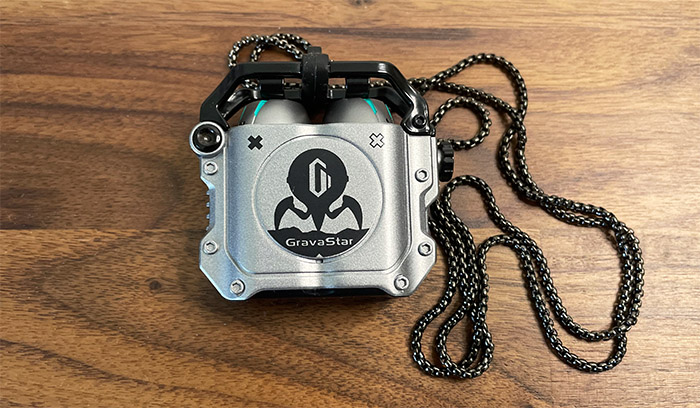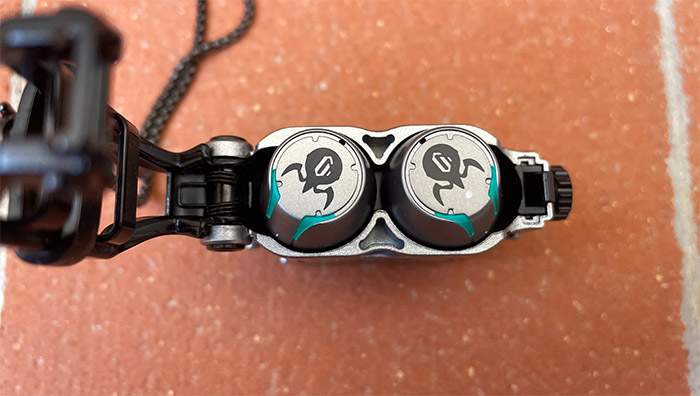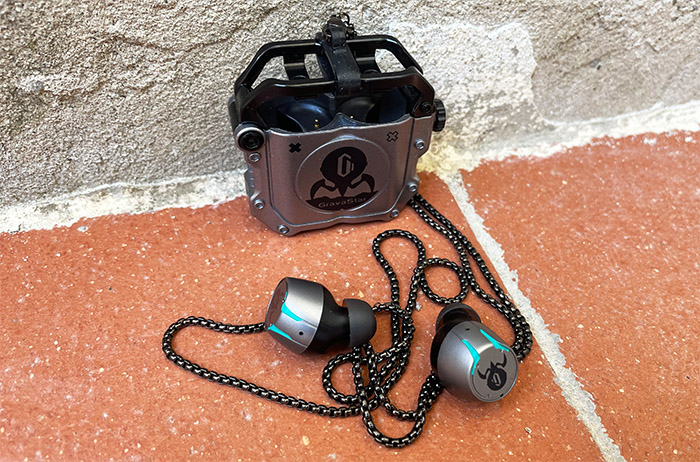The GravaStar Sirius is perhaps the most unique pair of TWS earbuds that I have seen on the market and those that are familiar with the GravaStar speakers aren’t going to be surprised. That’s because the manufacturer has successfully adopted the cyberpunk style to its devices, but things aren’t just skin deep since GravaStar seems to have also taken seriously the actual sound performance as well.
| GravaStar Sirius | |
|---|---|
| GravaStar.com | Check Product |
The GravaStar Sirius does use a 7.2mm dynamic drive and I was expecting to also see the Knowles balanced armature, but it seems that GravaStar only added it to the Sirius Pro version. I have seen it in action on the Haylou W1 and it can make a difference. Even so, the Gravastar Sirius has the hardware to sound good, especially since the tuning trumps any other tech or special components.
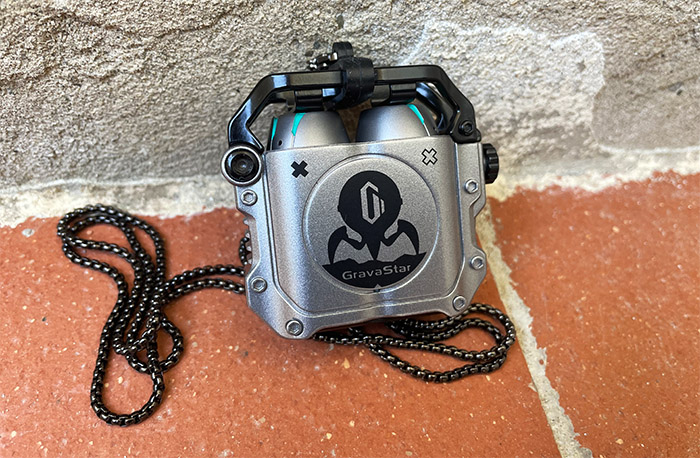
I saw that there is no ANC (the active noise canceling) and, as I said many times, it’s not really a bad thing when dealing with budget-friendly TWS earbuds. And considering that the GravaStar Sirius retails well underneath $100 (at the moment of writing), it stand between the entry and mid-range level. But what about the actual sound experience? Like I said, GravaStar likes to create peculiar devices, but it hasn’t (so far) ignored the actual sound fidelity, so let’s put the Sirius TWS earbuds to the test and see how well it fares in comparison to some of its main competitors.
Build Quality and Design
Unlike other brands, GravaStar likes to show off and you’ll realize it immediately after checking out the packaging case. It’s made of plastic, but its design is just as strange as the charging case itself. There are cyberpunk-related icons engraved everywhere and there’s even a small metallic handle to move it around with ease. Then, there’s the transparent top that let’s you see the metallic charging case. I admit, I was pleasantly surprised by the package, but I will not use it for carrying the GravaStar Sirius around (it’s going to rest in the pocket of my jeans), so it’s pretty much a way to brag to your classmates or colleagues? I suppose so.
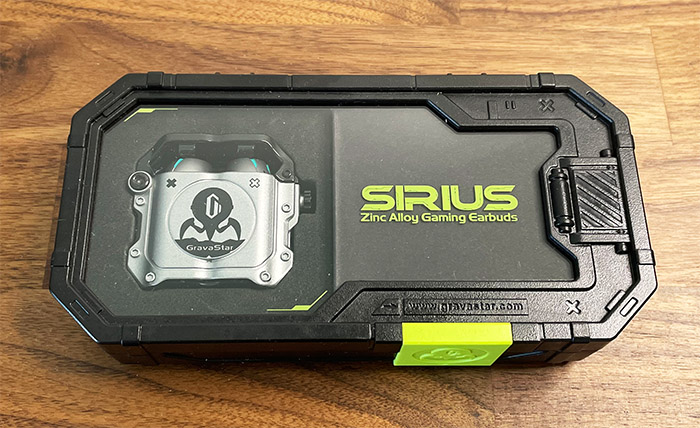
The design of the charging case is definitely what will gather the most attention, but we’ll talk about it more in a minute. Let’s see the earbuds first. And due to the nature of the TWS earbuds, the manufacturer couldn’t really take that many liberties, otherwise they would no longer be comfortable. Even so, GravaStar covered the outer side of the earbuds with some cool-looking icons, while the plastic case uses a combination between gray and black matte finish. There is also an LED that occasionally flashes to let you know that the GravaStar Sirius is paired to a smartphone and, in the absence of a Bluetooth connection, it will flash blue and red.
The earbuds are pea-shaped, so the manufacturer refused to go the Apple route and it’s a valid design choice, especially if the engineers get the proportions right. And they did since the earbuds are small, lightweight and feel fairly comfortable inside the ear for some periods of time. I could use them for about 1.5-2 hours before needing a break. The touch-sensitive area does help a lot in this regard because you no longer need to push a physical button, irritating the ear canal. And there’s the usual tap once on any earbud to pause or resume the track (as well as accept or decline a call), as well as the double tap on the right earbud to move to the next track (or double tap on the left one to return to the previous song).
But, in the last few weeks of using the GravaStar Sirius, I have gotten a bit frustrated with how these functions were implemented because 80% of the time, even if I would double-tap, the track would simply pause. I have the feeling that they added some sort of protection against random taps, which means that the first tap doesn’t always register, but it’s definitely annoying to experience. The good news is that there is volume control and it works really well: press and hold for one second and a half until you hear a sound notification to either increase (using the right earbud) or decrease the volume (left earbud).
There is also a Gaming Mode that can be enabled by tapping three times on any earbud or the option to enable Siri by tapping four times. I also need to mention the two microphones that are used for improving the call quality. But are the GravaStar Sirius suitable for outdoor sports or indoors workouts? I did use the TWS earbuds indoors while working out and there were times when it felt that one earbud may fall, but it never did. Also, the GravaStar Sirius earbuds are IPX5-rated, so they will do fine with sweat and some very light rain, but don’t use them while showering. Outdoors, it’s a different story because the silicone eartips aren’t designed to keep the earbuds hooked inside your ears, so it’s very possible to lose them.
The GravaStar Sirius Charging Case
The charging case that accompanies the GravaStar Sirius is the main attraction since it’s almost completely made of metal (zinc alloy) and the design is unique. If you’re a fan of the post-apocalyptic video games and the cyberpunk genre in general, the GravaStar Sirius are specifically tailored to your taste.
And I noticed that the manufacturer released a Pro version as well which includes a bottle opener within the case itself (a strange addition, but a welcomed one, I guess). Unlike all other charging cases that I saw on the market, this is the first that has the earbuds out in the open, held down by a metallic bracket. And to open it, you simply press the side button: it simply pops off, allowing you to take out the earbuds. The problem is that the earbuds are very slippery and it’s not easy to remove them from the charging case. That’s my only gripe with it because everything else is well done.
There’s a USB-C port on the bottom side along with a Reset button which, once pressed (and held for 5 seconds), it will delete any prior Bluetooth records. I also saw that GravaStar has added a metallic chain inside the box that you can attach to the charging case and put it around your neck. The case is not really that big (it measures 1.96 x 2.36 inches or 5.0 x 6.0cm), so it’s also very easy to carry the charging case inside the pocket of a pair of jeans.
Internal Hardware and Connectivity
The GravaStar Sirius TWS earbuds make use of 7.2mm dynamic drivers and, like I mentioned in the intro, it does not have the Knowles balanced armature that’s on the Pro version, but the sound quality should still be good if the tuning is done right (we’ll check it in a minute).
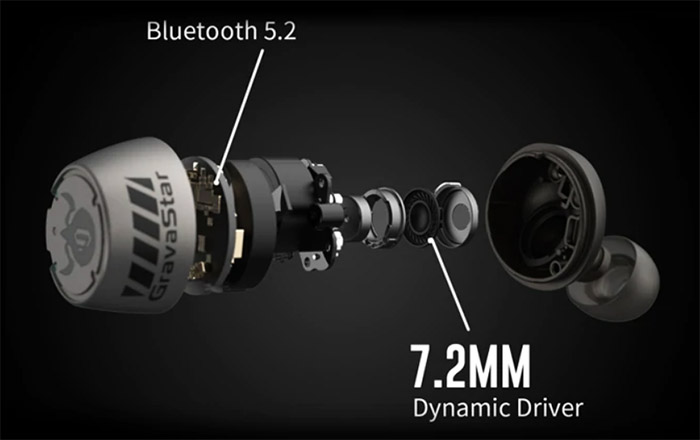
The earbuds also make use of the Blutooth 5.2 technology that should ensure that the coverage can go to about 30 feet inside a regular house (some walls and expected interference) and there is also the possibility for support for better codecs. But, the Sirius don’t seem to support anything ‘more exotic’, such as aptX. I do need to mention that I realized that the GravaStar Sirius has in-ear detection, so any time I took one earbud out, the sound would pause and wait until the earbud was back in the ear. And it worked fine every time (I also loved the suave British accent of the voiced notifications).
Sound Quality
The sound quality of the GravaStar Sirius is good, in line with what most people prefer (tuned for mainstream music consumption), but, before checking out some specific songs, I thought it would be interesting to analyze some more technical aspects. The first is the driver quality and the test involves playing a sweeping tone through various frequencies and, ideally, there should be no buzzing. With the GravaStar Sirius, some buzzing was definitely noticeable at about 70 percent of volume.
Then, I ran a driver matching test and the sound seemed like it sat solidly in the middle of my head – be aware that it will heavily depend on the level of insertion inside the ear. Afterwards, I played a binaural-recorded song and I started to get a better idea about what to expect using these TWS earbuds. The sound stage is not very wide, which is common for TWS earbuds and I was searching for that slight intimate feeling, where it seems like you’re near the singers. And the earbuds are able to accomplish this feeling up to a certain point and the instruments differentiation is good. But, coming from Haylou W1 and some Monitor headphones, I noticed that the sound wasn’t as detailed, which is to be expected considering that the former are closer to the Sirius Pro in terms of performance.
So, overall, the GravaStar Sirius is somewhere in the same league to the SuperEQ Q2 Pro, which is still very good. On the next step, I listened to some bass-focused songs and the first one was Zhu – Faded. As you will see with other EDM songs, the bass goes deep and it’s very incisive, but it doesn’t bleed into other frequencies, so it’s quite clean. Then, I played System Of A Down – Mr Jack and it’s a very crowded song, with voices and instruments constantly overlapping, but the GravaStar Sirius has done a decent job at keeping everything in check. At the same time, the voices, while decently differentiated from instruments, felt a bit opaque. I decided to investigate further, so I played the Vance – She Burns and yes, there is some slight muddiness which I was not fond of while listening this particular song.
But I suppose it does make sense especially when dealing with treble-focused songs, such as Guns n Roses – Sweet Child o Mine, where there were no annoying levels of sibilance, the voices weren’t too harsh, nor too colorful. This way, it’s not going to get fatiguing after listening to these types of songs for a few hours, something that does happen with more analytical earbuds.
Lastly, I listened to ‘Apashe & High Klassified [feat Cherry Lena] – I’m Fine’ which is a strange song, but it again puts into perspective just how good the bass sounds, while the voice of the female singer was definitely a bit forward (and I may have noticed some light bleeding as well).
Game Mode
The GravaStar Sirius has a Gaming Mode implemented which, if the claims are true, should lower the latency between action and sound down to 65ms which is a far more realistic score than what the EKSA GT1 were claiming. So let’s see if it’s actually true. To test the latency, I installed PUBG Mobile on an Android phone (AGM Glory Pro) and, to set a baseline, I entered the training mode and shot at random stuff. While doing so, I recorded everything at 25fps, which is about 0,04s every frame.

And then, I imported the video into my favorite video editing software and counted the frames. This way, I saw that there was a 24ms latency. When the GravaStar Sirius was in Music Mode, the latency was 72ms, which is an impressive score in itself, but, after switching to the Game Mode, it dropped to just 56ms. So, the manufacturer was actually underestimating the performance of the GravaStar Sirius and they’re very good for gaming for a pair of Bluetooth TWS earbuds.
Call Quality
I know that the manufacturers are struggling to improve the call quality of their small TWS earbuds and the addition of dedicated microphones has worked to a certain degree, alongside the ENC technology (which should not be mistaken for ANC – that stands for active noise canceling). But, while it works perfectly fine indoors, where there is little ambient sound, the outdoors or coffee shops can be a bit tricky.
So, as expected, the GravaStar Sirius sound really good, lacking that specific echo-y effect when there isn’t a lot of external noise. But, in a coffee shop, the person on the other end of the call needed to stay far more focused to properly distinguish everything I was saying. But, that’s the performance that you can expect with pretty much all available TWS earbuds on the market, especially at this price point.
Battery Life
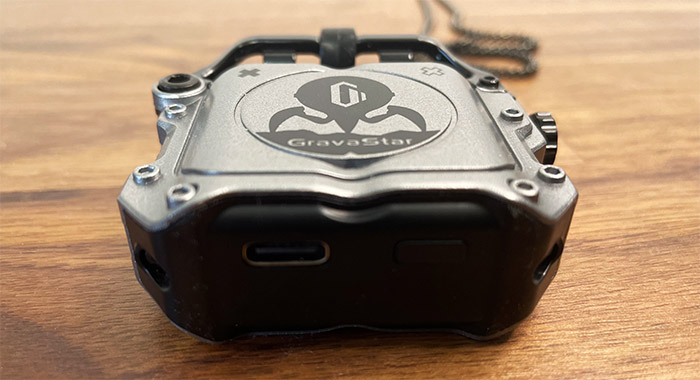
The GravaStar Sirius is advertised as providing 4 hours of battery life on a single charge and the charging case should also provide 16 hours in total. So, I took the earbuds out of the case, started a long playlist and left the earbuds at 70 percent volume to play the songs until the battery would go to zero. And it happened a bit over 4 hours (4 hours and 17 minutes), which is surprisingly in line with the advertised amount. I am happy to see that the advertised values are so close to real-life performance because most simply tend to hype up the actual behavior of their products.
Conclusion
In a market that seems to be afraid to try something new, especially in the sub-$100 bracket, the GravaStar Sirius is a breath of fresh air. The case is uniquely designed and it will make at least two generations of people happy. But, it’s not all about the rugged design, no, the GravaStar Sirius also offers a good sound quality, especially when compared to its main competitors. So, if you have the right budget and like the cyberpunk style, you have to give the GravaStar Sirius a chance.

Mark is a graduate in Computer Science, having gathered valuable experience over the years working in IT as a programmer. Mark is also the main tech writer for MBReviews.com, covering not only his passion, the networking devices, but also other cool electronic gadgets that you may find useful for your every day life.

